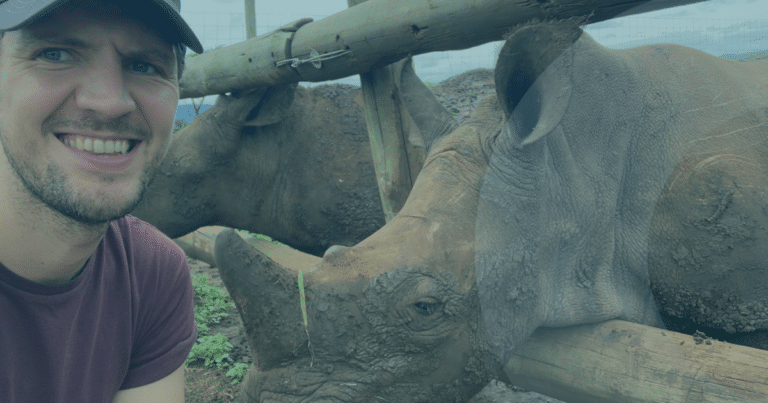The Hidden Victims of Financial Crime

This article is part of a collection from the publication ‘The Future of Financial Crime: Voices from the Dark Money Conference’. The publication has been written by myself and fellow contributors of the Dark Money Conference as we hope to continue the discussion and move the fight forward against financial crime. To download the full publication, please click here.
A few years ago, I once again visited South Africa, this time heading off the beaten track. It was a breath-taking experience, from the songs of the hippos from the nearby river to the herds of impala grazing on the plains. But this trip was a little different: the few rhinos I saw still had their full horns, an increasingly rare sight.
Rhinos are some of the most endangered species in the world, due to illegal trading worth up to USD $20 billion per year.1 The direct victims are the wildlife itself, but, like all financial crimes, this multi-billion dollar problem carries a host of indirect victims. Where wildlife is less prevalent, tourism decreases, forcing locals to find other ways to feed their families. In many cases, they resort to crime, including poaching, creating a vicious circle. Yet wildlife crimes are just one example of a predicate crime of money-laundering whose effects spread far beyond fines in banks.
People trafficking, for example, does not only affect the families of victims. Nations which receive trafficked individuals respond with harsher immigration policies, directing law enforcement away from other crimes and affecting what the taxpayer’s money is spent on. Similarly, drug trafficking creates higher availability of illegal substances, fuelling addiction problems in recipient countries. Furthermore, trafficking tends to originate in poorer nations where young people are easily drawn to the relative wealth trafficking provides, rather than the education that could help them to find a safer, less socially damaging career. In reality, high levels of financial crime are an indication that thousands of people all over the world are being affected by other serious, and often hidden, crimes, both directly and indirectly.
The networks involved in these crimes are global and interconnected, and the response should be nothing less. When financial institutions and other organisations are able to mitigate financial crime activity impacting their business – such as through enhanced due diligence processes and thorough investigations of possible money laundering risks – they are helping to prevent other types of serious crime, including trafficking.
In recent years, many financial institutions have started to adopt an ‘intelligence-led approach’ in order to improve the way they tackle financial crime. Originally used in a national security context, intelligence-led investigations let investigators explore networks of data in a flexible way, rather than relying on automated processes that risk missing key avenues of investigation. Technologies are now available that facilitate network-centric investigations across the private sector, allowing organisations to understand networks faster and create better AFC outcomes. All of these are positive steps forward, but success depends on many factors, including widespread adoption.
Today, I sit on the board of Helping Rhinos, a charity that works to conserve rhinos and promote awareness of their predicament. Working against the illegal wildlife trade has strengthened my conviction that innovative methods of tackling crime – in particular, technology – will play an essential part in this fight. If we do not act to improve the way we counter financial crime, more animals will soon be in the rhinos’ position, more ecosystems will be disrupted, and more human livelihoods will be damaged. Financial crime has long-ranging impacts that, ultimately, have the potential to hurt us all.



